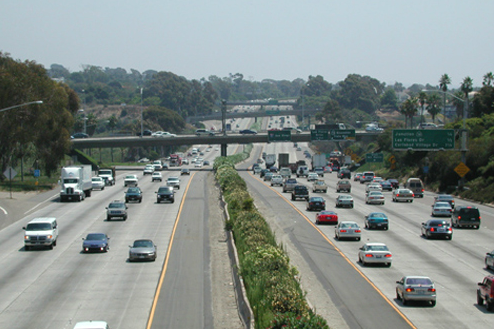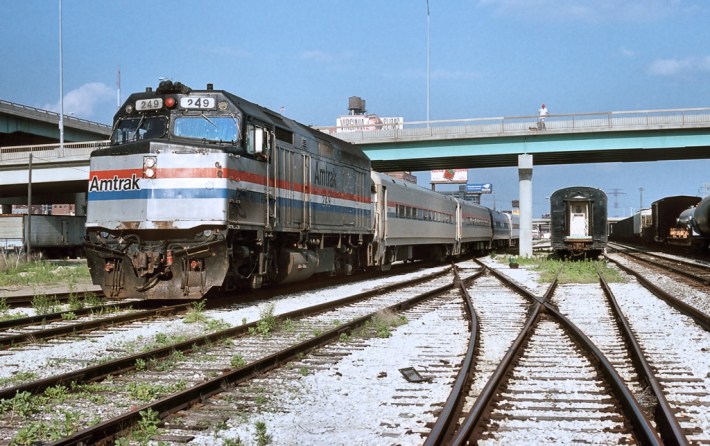Which transportation projects are the smartest investments, and which are the most ridiculous boondoggles? The Sierra Club has put together a solid list in a new report titled "Smart Choices, Less Traffic: The 50 Best and Worst Transportation Projects in the United States."

The Sierra Club evaluated each project based on five criteria, including its effects on oil use, the environment, public health, land use, and the economy. A glance through the list quickly reveals both who is innovating for the future and who is wasting staggering sums on backwards projects, with most of the good ones originating from local governments and transit agencies, and the worst coming from state DOTs.
"Old highway spending habits die hard," write report authors Rachel Butler, Ann Mesnikoff and Megan McLean. "U.S. transportation policy is largely getting it wrong."
The list of "worst" projects is dominated by 1950s-style mega-highways and road expansions, the cost of which frequently reaches into the billions. Among the lowlights is Dallas's Trinity Freeway, which costs an astounding $222 million per mile. Also notable is Phoenix's proposed $2 billion South Mountain Freeway, a pricey eight-mile sprawl generator, which, the Sierra Club reports, hasn't gotten past the planning stages due to lack of public support. Another worthy "worst" is the Interstate 5 widening in north San Diego County, which would widen the road to 12 lanes for the go-for-broke price of $4.5 billion.
Seattle's Alaskan Way Viaduct -- a Big Dig-style buried highway -- is also singled out in the Sierra Club's Hall of Shame. This project, which won out over the idea of replacing a damaged elevated highway with an at-grade boulevard, barely runs two miles but is expected to cost more than $3 billion. Another national embarrassment is I-269 in Memphis -- the city's second outerbelt -- which the Sierra Club describes as "mainly a real estate development scheme." Florida's proposed 150-mile Heartland Expressway, through some of the state's last undeveloped natural environments, wins mention as well -- not only because FDOT has come out and said it can't afford the $5.6 billion pricetag, but because it is ethically suspect as well. One of the central advocates is a state senator who, as a major land owner on the corridor, also stands to reap a windfall from its completion.
Finally, the Sierra Club calls out the I-265 bridge between Kentucky and Indiana as "the epitome of a classic highway boondoggle." Not only will this baby hinder fragile redevelopment efforts in downtown Louisville, it scores added points for aggressive wastefulness by tunneling under a private rural property. The tunnel portion alone will add $225 million to taxpayers' bill for this $2.65 billion project.
But before you go and write off the nation as a congested, dystopian hellscape, there's plenty of good to be found in this report as well. Streetcar projects like the ones in Tucson, Cincinnati, and New Orleans are heralded for their livability returns and expected downward pressure on emissions. Orlando's SunRail Commuter service, which is expected to have a $7.1 billion economic impact on the region, also gets props. It is joined by METRORail in Houston -- which the Sierra Club notes is one of the country's highest ridership rail routes per mile -- and the Purple Line Extension of D.C. Metro light rail project in the Maryland suburbs of D.C.
Washington, D.C.'s phenomenally successful Capital Bikeshare also gets praise -- as do local efforts in Chicago and Missoula, Montana to build city-wide networks of bike infrastructure.
Other notable "bests" include the Atlanta Beltline and high-speed rail between St. Louis, Chicago and Detroit -- well underway already and delivering heretofore unheard-of speeds to the American heartland.
Interestingly, the Sierra Club reports that the last time it did a "best and worst" report, in 2003, it named 20 "best" projects and 26 "worst" projects. Of the best projects list, 80 percent have been completed or are currently under construction. For the "worst" list, the success rate was far lower, at less than 50 percent.






